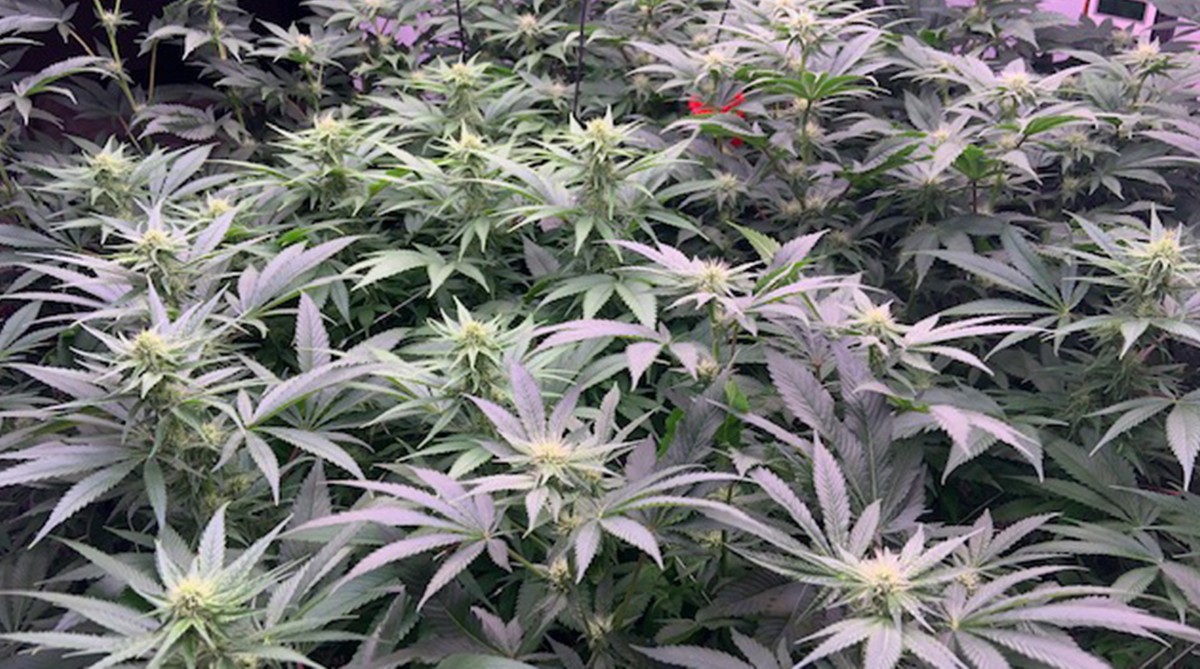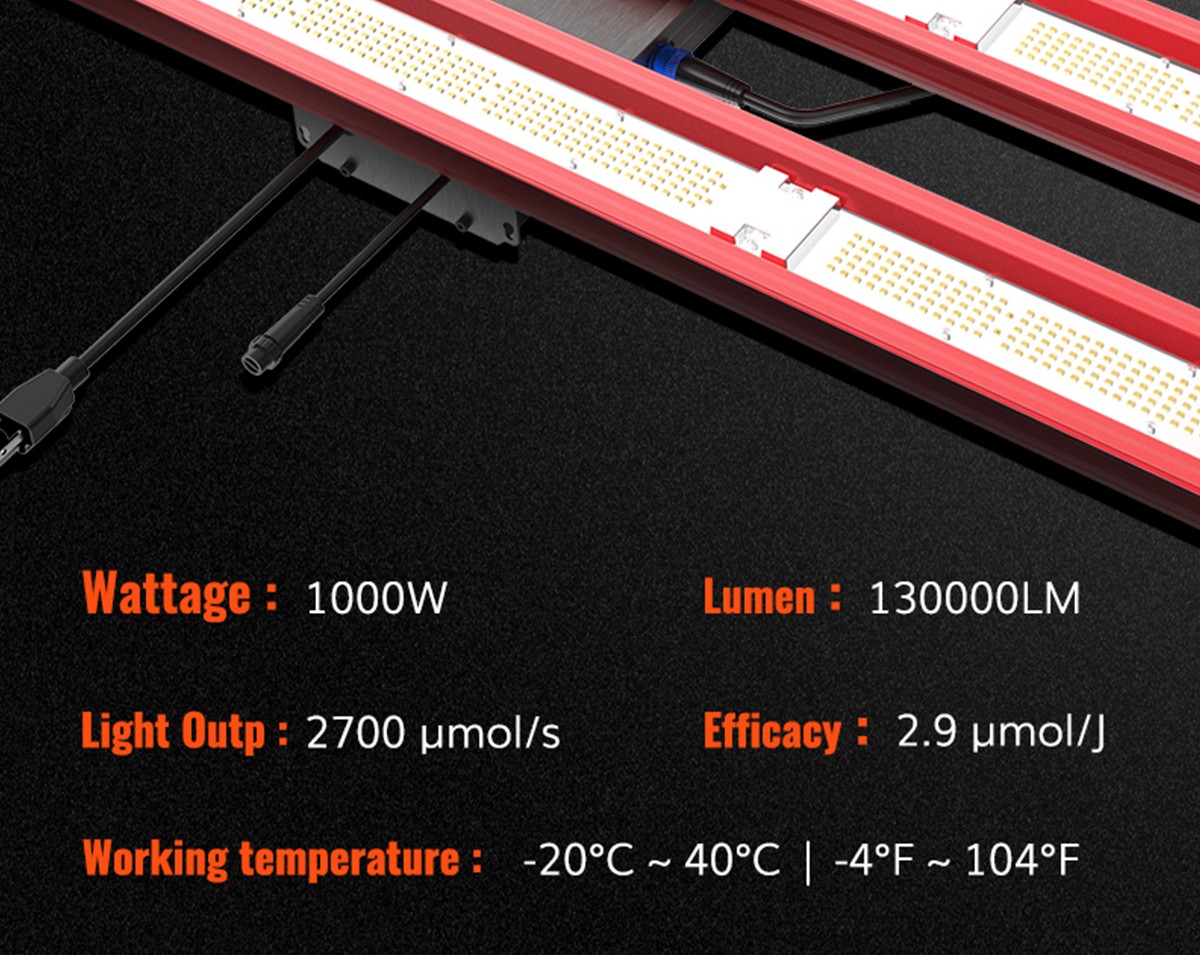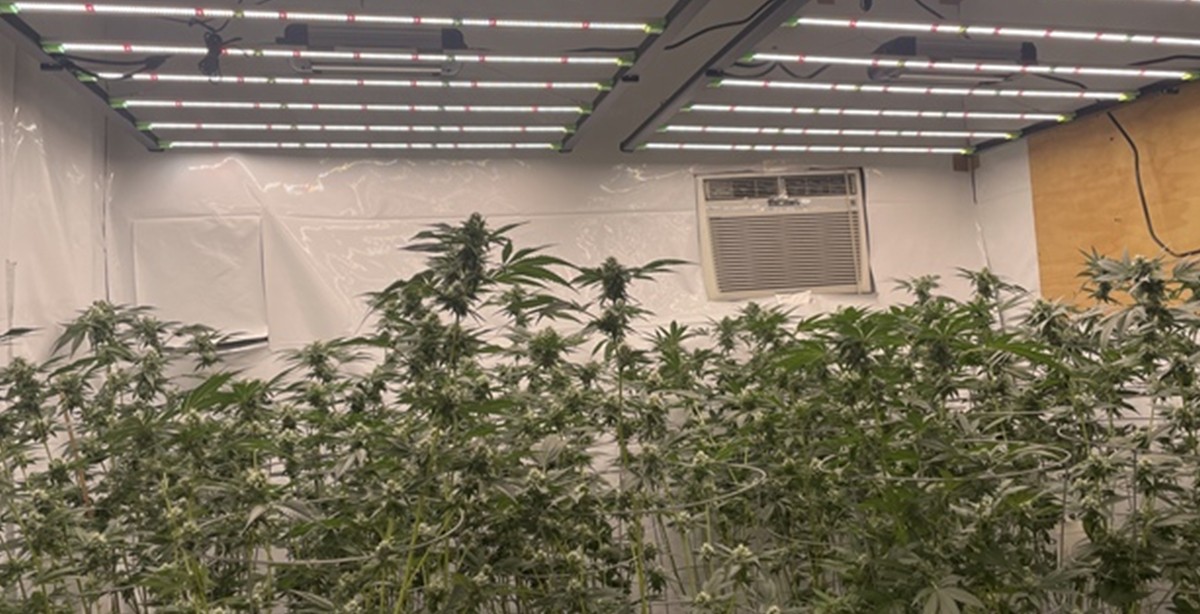When growing cannabis, ensuring the correct distance between your grow lights and plants is crucial. It is not only about the intensity and quality of light, but also about the overall health and yield of your plants.
Types of Cannabis Grow Lights and Their Effects
There are several types of cannabis grow lights: LED, HID (High Intensity Discharge Lamp), and CFL (Compact Fluorescent Lamp). Each type of lamp has its own characteristics:
LED lights: With High energy efficiency as well as low heat, It is suitable for various growth stages. They provide full spectrum light, which is helpful for plant growth and flowering.
HID lights: including metal halide lamps (MH) and high-pressure sodium lamps (HPS). MH lamps are suitable for the growing period, while HPS lamps are more suitable for the flowering period.
CFL lights: Beginner-friendly and suitable for small-scale planting. Although less light efficient, it is easy to set up and use.
Determination of optimal distance
Determining the optimal distance between your grow lights and your cannabis plants depends on the type of lights and the growth stage of your plant. Here are some general guidelines:
LED lights: 12-24 inches from the plants is ideal, depending on the power and light intensity of the lamp.
HID lights: Typically stay 18-36 inches away depending on the wattage of the light.
CFL lights: Because they emit less heat, they can be placed closer to the plants, generally between 4-12 inches.
Considerations on growth stage
Germination and seedling stages: Lighting should be moderate and slightly further away to avoid light burn.
Growth period: As the plants grow, the distance between the light and the plants can be gradually reduced to provide stronger light.
Flowering period: This is when the plant has the highest demand for light. If using LED or HID lights, make sure the light source is close enough to provide adequate lighting
When discussing the optimal distance between cannabis grow lights and plants, we have to mention why 1000W grow lights are the first choice for cannabis growers. Not only does this high-power fixture provide wider coverage, it also ensures that each plant receives adequate light, even during the most light-demanding stages of growth and flowering.

Why Choose 1000W Grow Light
Because of its excellent lighting effect and coverage, the 1000W grow light has become an ideal choice for large-scale planting or growers with higher yield requirements. The powerful lighting capability of this lamp can effectively promote the growth of plants, especially during the flowering period. It can greatly increase yield and improve plant quality, and can cover the planting area of 5*5 feet and above.

High-efficiency LED technology: Using Samsung white light and 660nm deep red light, it provides a light effect of up to 3.0umol/J to ensure maximum efficiency.
Full spectrum output: Specially designed for VEG and BLOOM stages, it provides full spectrum plus 660nm red light to fully support plant growth.
Excellent heat dissipation design: Contains 6 AL6063 aluminum alloy radiators to ensure stable low-temperature and extend LED lifespan.
Safe and reliable: The driver has UL certification, IP67 waterproof rating, and is adaptable to a variety of planting environments.
Flexible dimming: supports 0-10V dimming to adapt to the needs of different growth stages.

Kimberly Mosley gave feedback after using it:"This light is awesome. I bought it for my 5x5 area. .It was super easy to assemble and came with hanging ratchtet cables which make it easy to adjust the height of the light. The light puts out very bright light with different spectrums of leds which the plants seem to love ,while maintaining a very low temperature . Although the initial investment may be more expensive than HPS lights, overall, they will be more cost-effective in the long run due to longer service life, lower energy consumption and reduced maintenance costs.”























